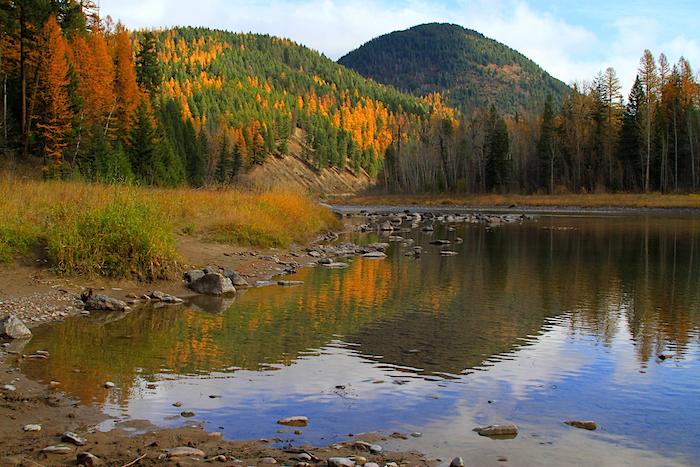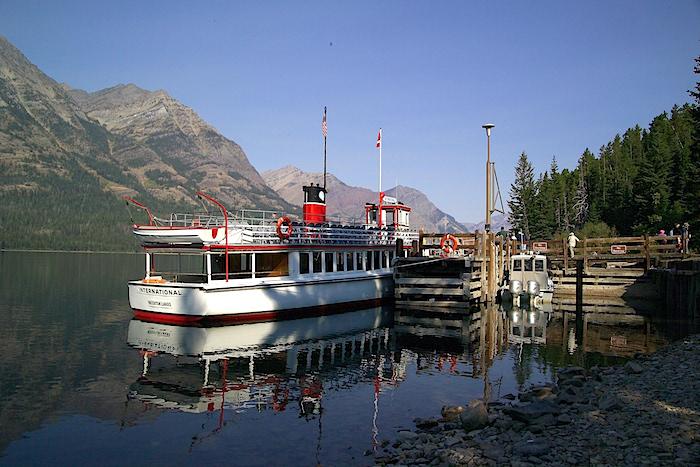Flying into Kalispell, your eyes dart here and there, trying to take in all the peaks clawing skyward.
While this laid-back Montana town is the western gateway to Glacier National Park, it's also seated in the Crown of the Continent, an idea as much as a phrase that captures Rocky Mountain wildness.
It's a 10-million-acre chunk of wildness, one that overlaps the U.S.-Canadian border and comes with rivers swift, cold, pristine, and brimming with trout; forests that still hold bears and wolves, elk and deer, wolverine and fox; and adventures that will wear you out.
It's a large swath of the Northern Rockies that, once you get away from roads and towns, looks unchanged from when 19th century mountainmen roamed the landscape and Lewis and Clark passed through to the south.
There are mountain ranges -- Mission Mountains, the Flathead Range, Swan Range -- that hold deep forests clinging to the spine of the Continental Divide as it soars above 8,000 feet. Complementing these timberlands with their crags are wilderness areas equally evocative in name -- the Great Bear Wilderness and Scapegoat Wilderness that are part and parcel of the Bob Marshall Wilderness Complex.

Sundown on Flathead Lake, Kalispell, Montana/Chuck Haney
Stretching north into Canada, this rugged Crown counts both Glacier and Waterton Lakes national parks, two siblings tied at the US-Canadian border that together are known as the Waterton-Glacier International Peace Park, designated as such in 1932 to "commemorate the peace and goodwill our two nations share," notes Parks Canada.
Rivers that feed into both the Atlantic and Pacific -- and even Arctic -- oceans find their way into the world here. From Triple Divide Peak on the eastern side of Glacier snowmelt trickles into Pacific Creek to head west, Hudson Creek to flow north, and, naturally, Atlantic Creek to move east.
For travelers seeking solitude in an earlier era, this is the place.
Located on the western edge of the Crown, Kalispell is a resting stop, of sorts. Or, better yet, a launching point.
Lying due east of the Salish Range, the town's name evolved from the Salish word, "qlispel," which tranlsates to "flat land above the lake." The lake in question is Flathead Lake, a nearly 30-mile-long, north-south running body of deep, cold water that is the largest natural freshwater lake west of the Mississippi. The flat land along the northern tip of the lake holds this city of roughly 21,000 that lies about 45 miles from West Glacier, the western terminus, by road, of Glacier National Park.
Unlike many gateway towns that practically border their national parks, Kalispell comes with a little breathing room between it and Glacier. And that is a very good thing if you're looking to savor the essence of not just a national park, but the region that surrounds it.
Read the rest of the story here.
Winter Fun In And Around Kalispell





